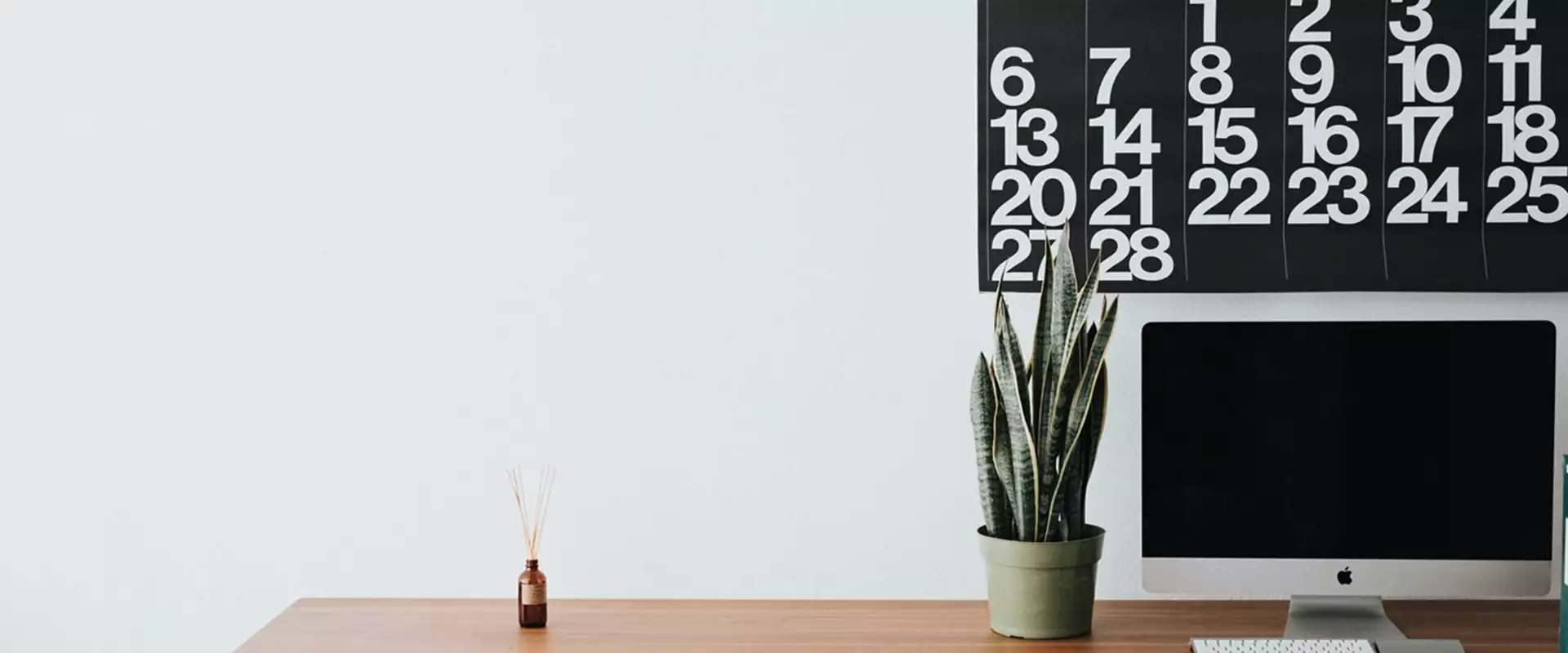We look at six common issues around productivity at work, and how you can tackle them
Every office is different, but they all have one thing in common – the desire for the people in them to be productive. Designing and running an office that allows workers to reach their full potential and enjoy being in the space is no easy task. Sometimes even the slickest design can result in less than desirable consequences. Just ask Apple, which had to address their glass-walled offices after a number of staff were injured.
From meeting room mix-ups to getting distracted, let’s look at some of the issues around productivity and the solutions.
Difficulty navigating the space
Especially pertinent for new staff and visitors, if your office layout is difficult or unclear to navigate, you’ll have problems. Complex pathways around desks and meeting rooms with no signage or distinction can mean that time is taken up working out where things are rather than getting work done.
The solution
Design a space with clear paths between desks and space for people to move comfortably. Make meeting rooms clear and private, so people can focus in them. If you do have a particularly large space, perhaps over two or more floors, you can also create a simple map to help new staff or visitors find where they need to be.
Workspace talked to Generate Studio about good office design, including functionality and lighting. That’s why our offices and studios are full of natural light and our buildings decked out with amazing shared spaces and places to meet and do business. We also offer a variety of types of space, including Team Rooms, for when you need more than a desk, but less than an office.
Trouble finding the people you need
The agile work environment is replacing assigned seats at many organisations. Hot desking and remote working can mean an ever-changing seating plan. Making sure teams can work together is important. If you have people looking for each other, meetings and work can be delayed.
The solution
Devise a floor plan that groups teams and departments in a logical way, ensuring they can easily communicate and collaborate together. Also consider putting people within easy reach of each other if they are frequently on the same projects. If you have a larger space, a program that allows for instant messaging as opposed to chasing email threads might also be a good idea, and you could even use a workplace app that integrates with your employee directory and room reservation software so you can see where everyone is working in real time.
Meeting room bookings
Have you ever been kicked out of a room in the middle of a meeting? Or had to improvise by taking a meeting in a space that’s unsuitable because you couldn’t find a room? These scheduling issues aren’t just frustrating; they’re also among the most disruptive productivity issues in the workplace.
Workspace has over 100 meeting rooms in over 60 locations across London. We have something to suit every requirement. Be it a casual get-together, or a fierce boardroom presentation - you can book the perfect space for you online, or on the go with our app. See what we have to offer you here.
The solution
Make sure you have the technology in place for room reservation along with room scheduling software employees can use to see availability in real time. Encourage everyone to use it correctly to avoid mix ups in the future. You might also need to set rules on how and what meeting rooms should be used for. For example, could a casual catch-up be held between colleagues at desks or at a café to allow the room to be free for a manager’s debrief? Think about what will get the most done in a day and work from that.
Broken equipment
When anything is broken it can affect productivity quickly. This is especially pertinent if it’s a software or a computer issue. If there isn’t a solution available, staff will have little choice but to stop working until it is fixed.
The solution
Have spare equipment available on site if you have the room. If you don’t, make sure your supplier is local or has the ability to provide things on a quick turnaround. If possible, put a system in place where employees can register an issue as soon as it arises that filters to a manager or staff member responsible for getting it fixed.
Lack of communication with visitors
When clients visit you, it’s important that the time is productive. If they are going to struggle with accessing the building, finding somewhere to eat lunch or take a business call, this can impact your meeting time. You want visitors to feel welcome so they’ll want to come back and continue to do business with you, so consider their visit carefully.
The solution
Have a set of standard best practice procedures for a visitor. Decide who will greet them beforehand, book the meeting room and be prepared. You could provide a small welcome pack with the Wi-Fi code, local places to eat and a layout of the building to help them and make sure all their questions are answered.
Distractions
This topic covers a multitude of sins. Noise, light, co-workers gossip, distractions are common in any workplace. That’s why you should think about the design of your office so carefully, to minimise their impact. Of course, you cannot plan for every eventuality, but there are some common pitfalls to avoid.
The solution
Try to ensure that desks and workstations are positioned in such a way that doesn’t facilitate members of the team becoming distracted by people walking past regularly. Think about a colour scheme that will be inspiring, but not distracting. Allow staff to wear headphones if they find the office noise too much or find it easier to focus with their own music options playing. Speak to your team before making any changes to the way your office looks and ask them to be honest about whether or not they think a change would leave them struggling to maintain their focus.
A variety of work settings is at the heart of Workspace’s business centres. Development director Angus Boag explains: “We have different types of space for when you are in different moods, everything from phone booths for private conversations to spaces to have a chat to common areas in the atrium.” We’re also keen to make sure our spaces are accessible for all people, and are neurodiverse.
Connect and collaborate with the Workspace community
Join over 3,000 flourishing businesses that call London home. Take a look at over 60 properties across the capital and discover what Workspace can offer your business.
Want to explore more business topics? Have a flick through our content hub, or pick up your own copy of homeWORK magazine in the lobby area of any of our Workspace buildings where we cover everything from the best business funds to grow your business to how to embed sustainability into your company ethos.


